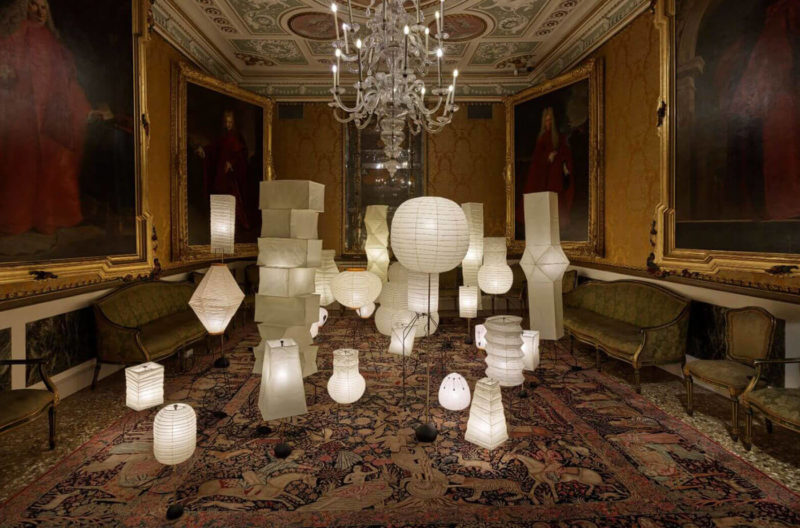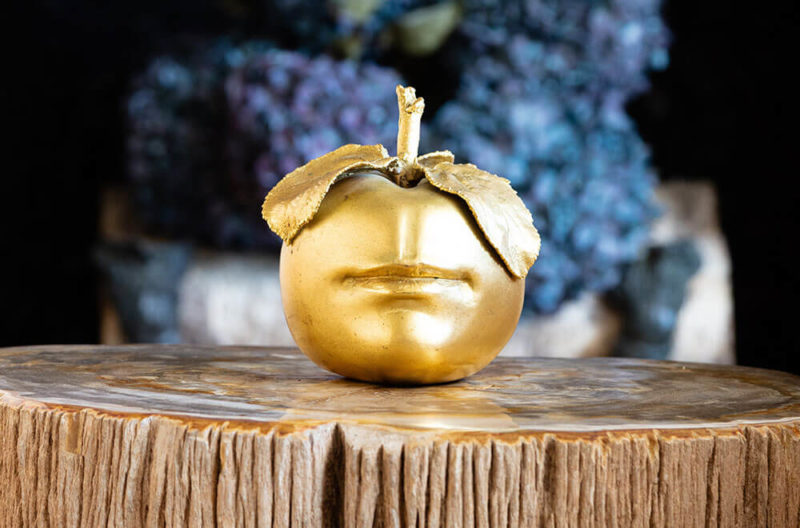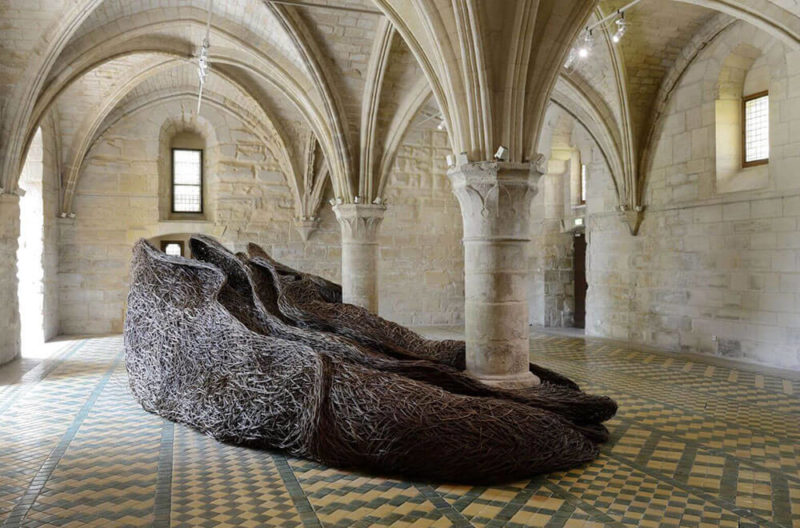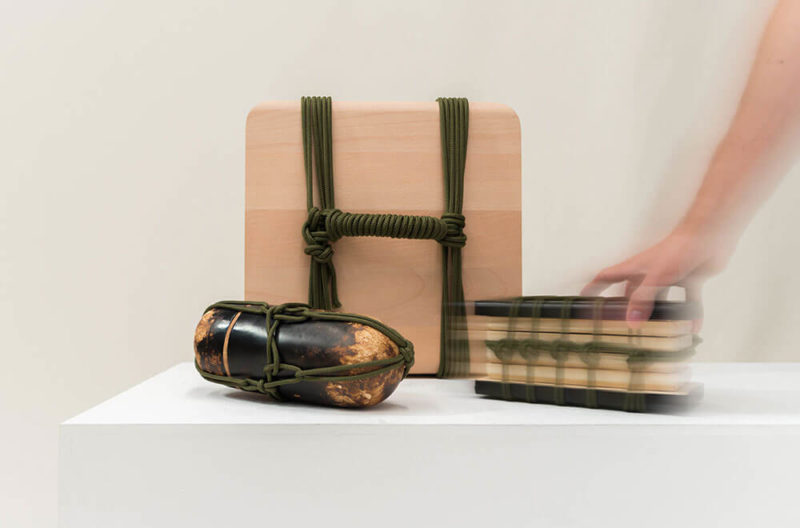Alice Stori Liechtenstein
Kristen de la Vallière, founder of the curatorial design platform @sayhito_ interviews the chatelaine and contemporary design curator of Schloss Hollenegg.
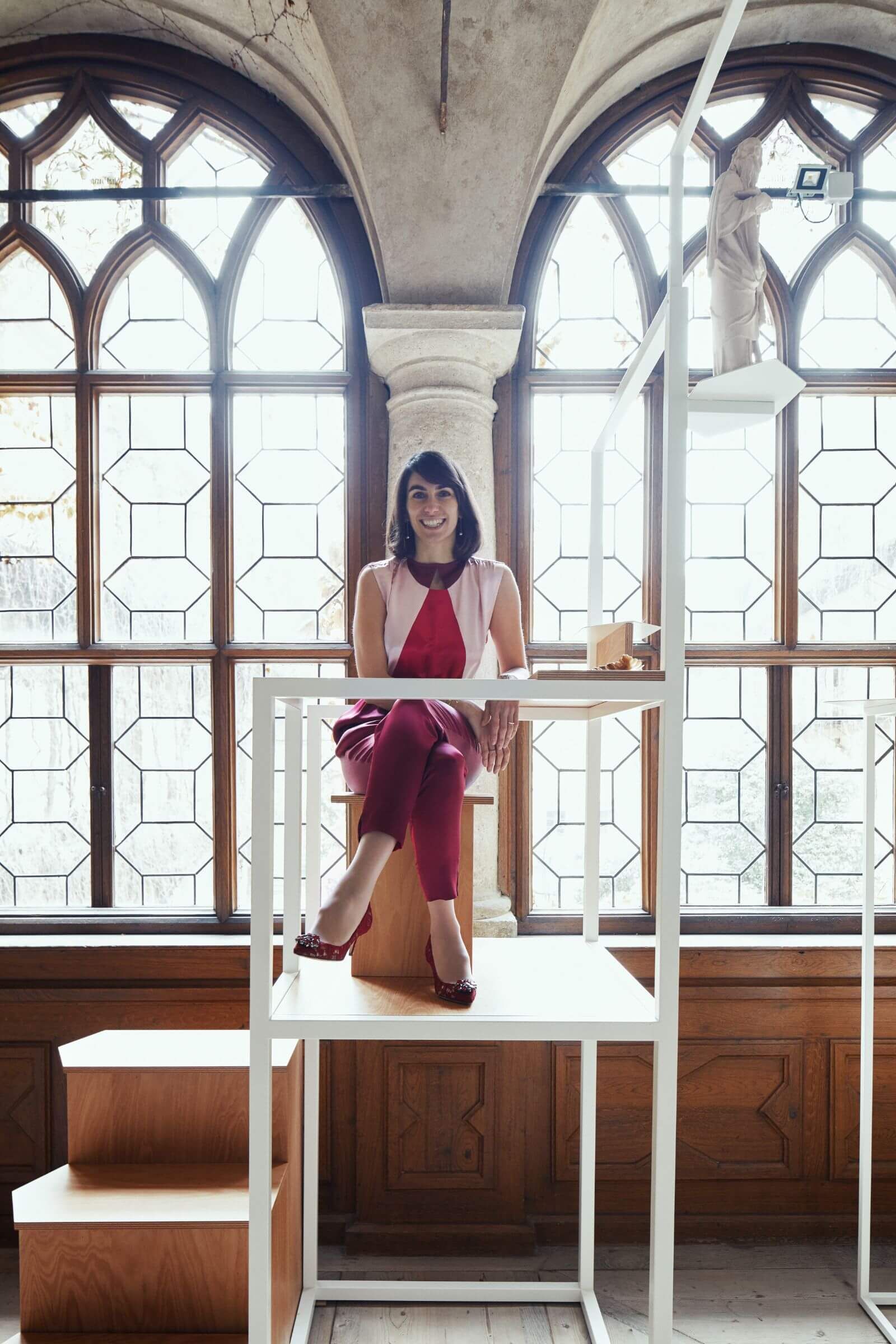
Alice Stori Liechtenstein
COURTESY: Alice Stori Liechtenstein / PHOTOGRAPH: © Simon Watson
THE FIRST HISTORICAL mention of Schloss Hollenegg in Styria, Austria, dates back to the 12th century. Purchased by the Liechtenstein family in 1821, the 52-room castle now belongs to Alfred and Alice Liechtenstein. Italian-born design curator Alice Stori Liechtenstein envisioned a creative hub within the castle’s historic walls to bring together contemporary designers. The aim is to have multidisciplinary designers draw inspiration from the Schloss’s extensive art and design collection and create new pieces juxtaposed in conversation with the castle’s historical collection.

Hanna-Kaisa Korolainen, ‘Hollenegg Fantasy, Finland / Austria’, 2021
COURTESY: Hanna-Kaisa Korolainen / PHOTOGRAPH: © Lipp Zahnschirm
In 2015, Alice launched a design residency programme and later, in 2016, an annual exhibition at Schloss Hollenegg in May to coincide with Designmonat, a month long festival in Graz. Schloss Hollenegg for Design also takes part in Vienna Design Week in September (16th-25th September 2022).
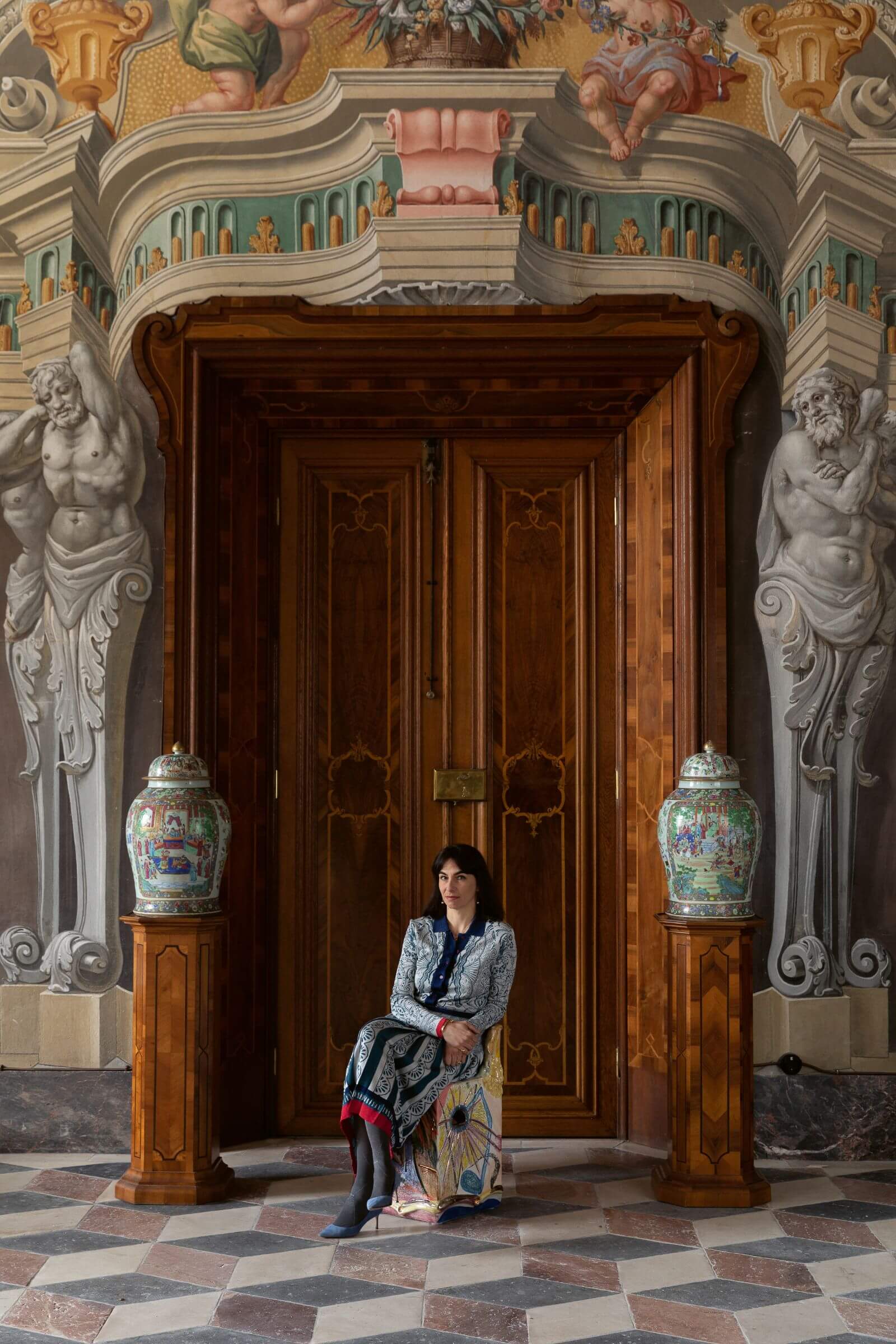
Alice Stori Liechtenstein
COURTESY: Alice Stori Liechtenstein / PHOTOGRAPH: © Lipp Zahnschirm
Next week (28th and 29th June), the castle hosts the Austrian Design Talks, organised by Creative Industries Styria. In advance, curator and consultant Kristen de la Vallière sat down with Alice to discuss her beginnings in the design world as well as her most recent exhibition, EAST to WEST, which looked at migration and cross-cultural creative pollination over the centuries.
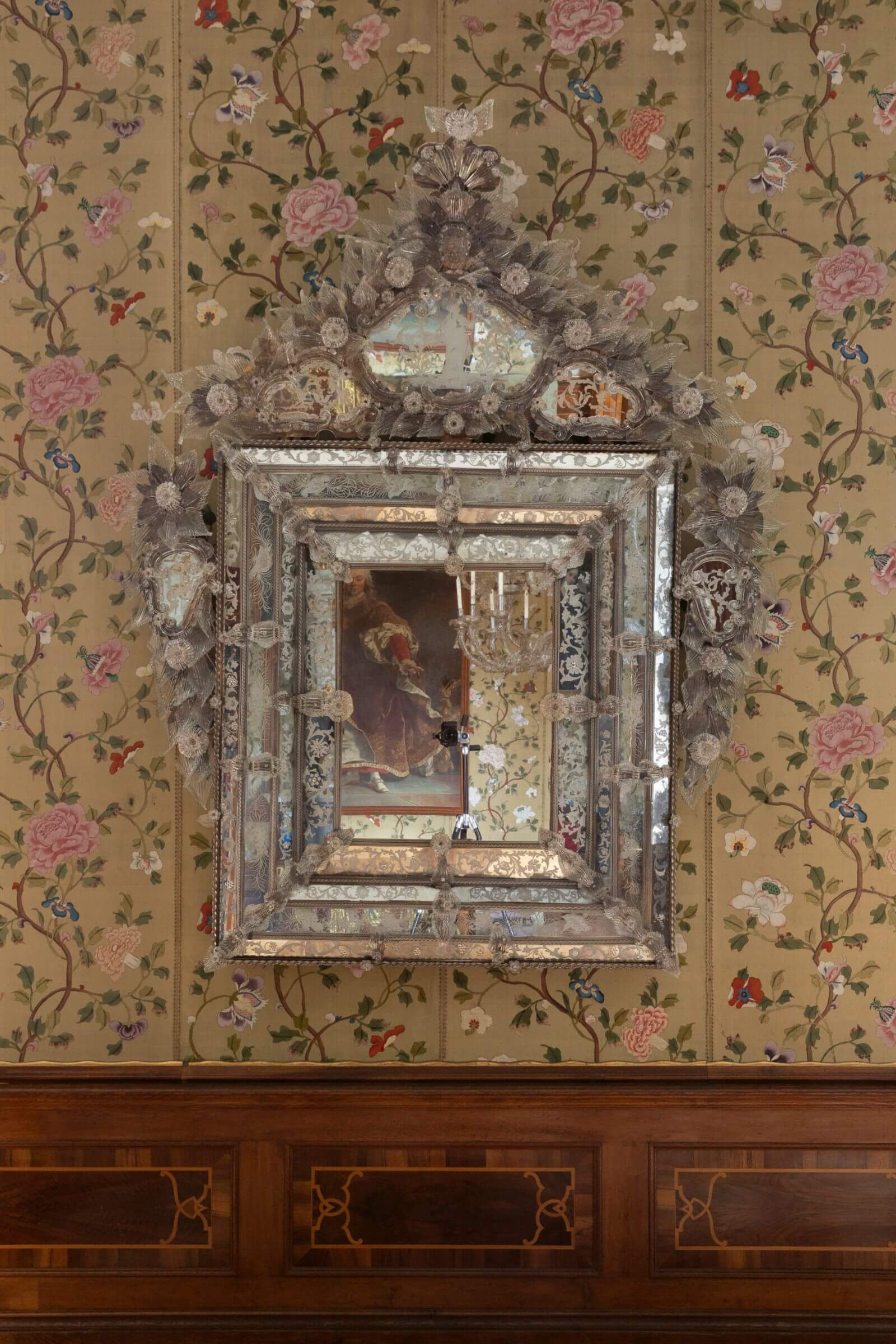
‘Mirror, Venice’, 18th century
COURTESY: Schloss Hollenegg for Design / PHOTOGRAPH: © Lipp Zahnschirm
Kristen de la Vallière: Where was your start in the design world, and how did you decide to establish Schloss Hollenegg for Design?
Alice Stori Liechtenstein: I studied architecture and design, and I quickly concluded that as a designer, I wasn’t very good. I was capable of getting the ‘job done,’ so to speak, but I lacked the spark. At the same time, I noticed that I had the ability always to be able to see where someone else’s project could be improved. Alongside this, I specialised quite early in exhibition design, so I started doing exhibitions for other people.
Eventually, I decided that I wanted to determine what was actually in the exhibition.These two aspects joined together made me think, okay, maybe there is potential for something more than just an exhibition programme. So that is how the Designers in Residence programme at Schloss Hollenegg started.
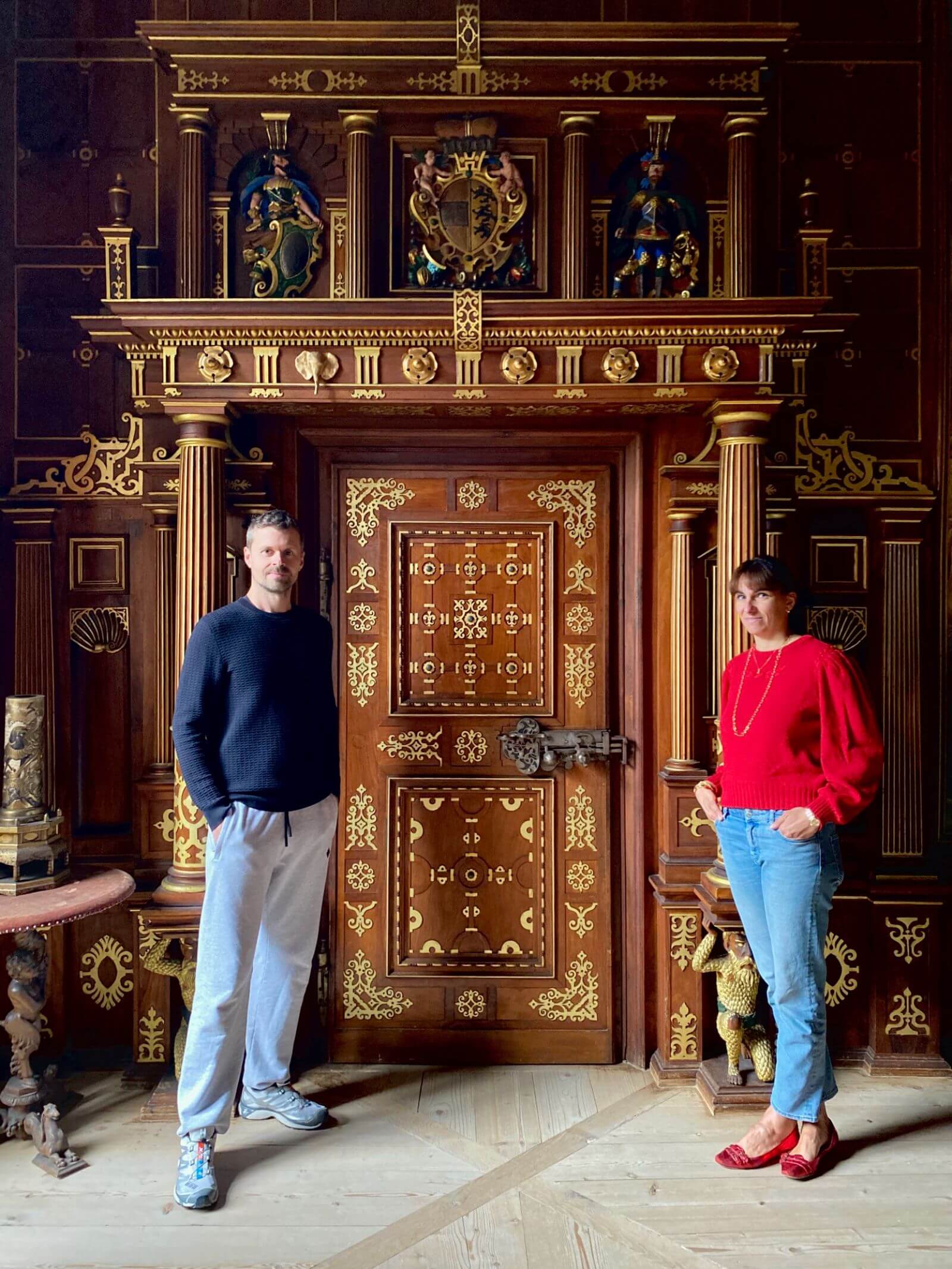
‘Door (with Tuomas Markunpoika & Alice Stori Liechtenstein), Austria’, 17th century
COURTESY: Schloss Hollenegg for Design / PHOTOGRAPH: LippZahnschirm
Kristen de la Vallière: What is the best outcome for you when inviting a designer to participate in creating an object for an exhibition at Schloss Hollenegg?
Alice Stori Liechtenstein: The best possible output for me, for Schloss Hollenegg, is an object or a project that fits in so well in Hollenegg that you don’t know when it was made, when it came to be. But at the same time, an object that can live in a different setting, a different environment, and still be used as a chair, a lamp, a table. So it still has a meaning outside of Hollenegg.
The other thing that is a real achievement is when the designers do something in their own language, but just a step further than what they would have usually tried.
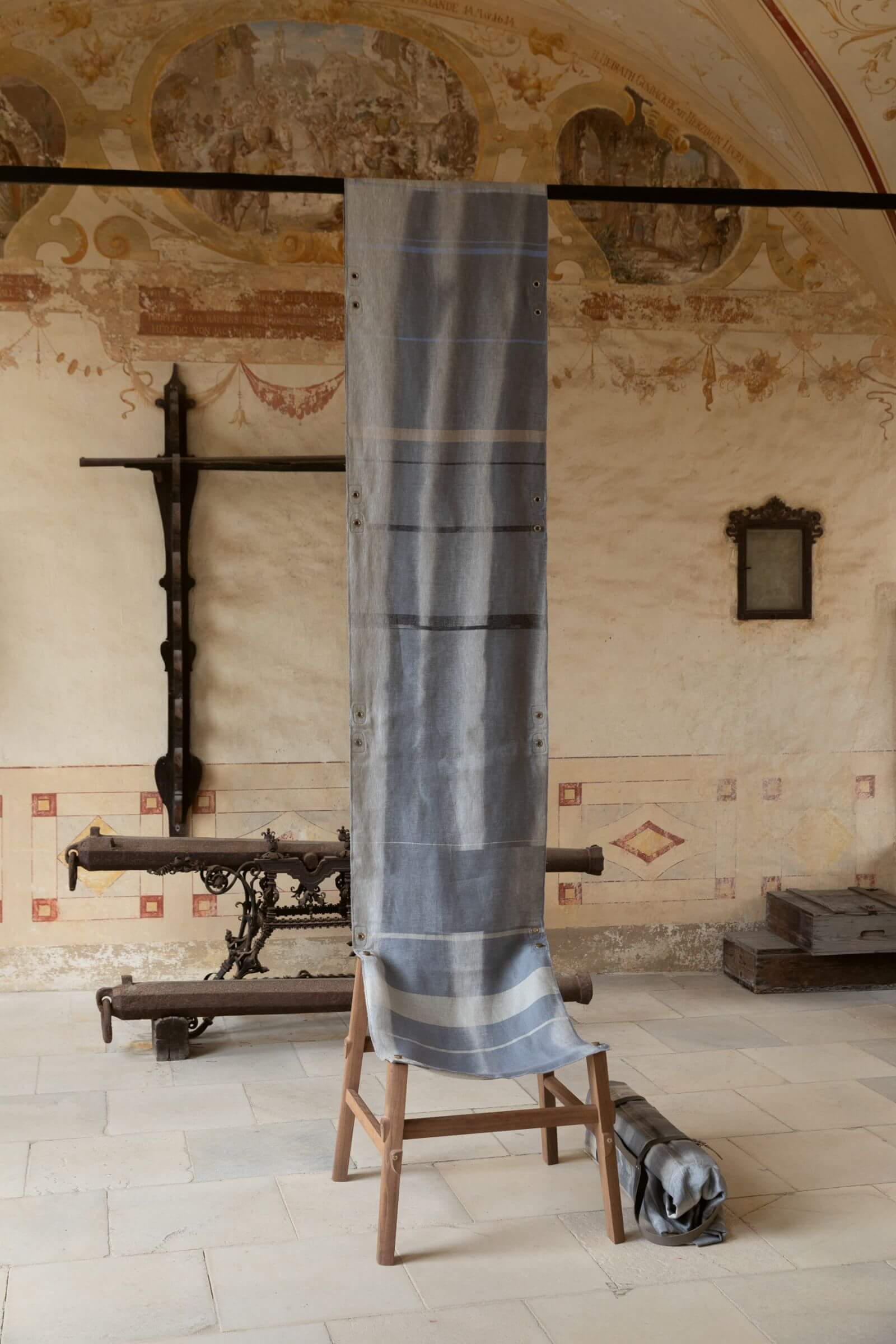
Adaptism, ‘The Chair-Tapestry, France’, 2021
COURTESY: Adaptism / PHOTOGRAPH: © Lipp Zahnschirm
Kristen de la Vallière: Can you tell me about East to West, this year’s exhibition at Schloss Hollenegg?
Alice Stori Liechtenstein: There are many objects that come from Asia in Hollenegg, and people have been asking me for some time why they’re there, where they came from and who collected them.
The collections reflect the fact that Asian objects have always been seen as something extraordinary, and people have chosen to acquire them for a long time. So that was the starting point.
Another aspect that was very important to me was the idea of objects that are not in the place where they originally came from and this idea of travel, of movement, of borders. It was interesting to draw attention to the fact that East and West have constantly been inspiring each other.
This kind of conversation happens throughout time, and we can only enrich ourselves from it. It doesn’t have to be divisive. On the contrary, it should be something that fosters our creativity and cross-cultural communication.
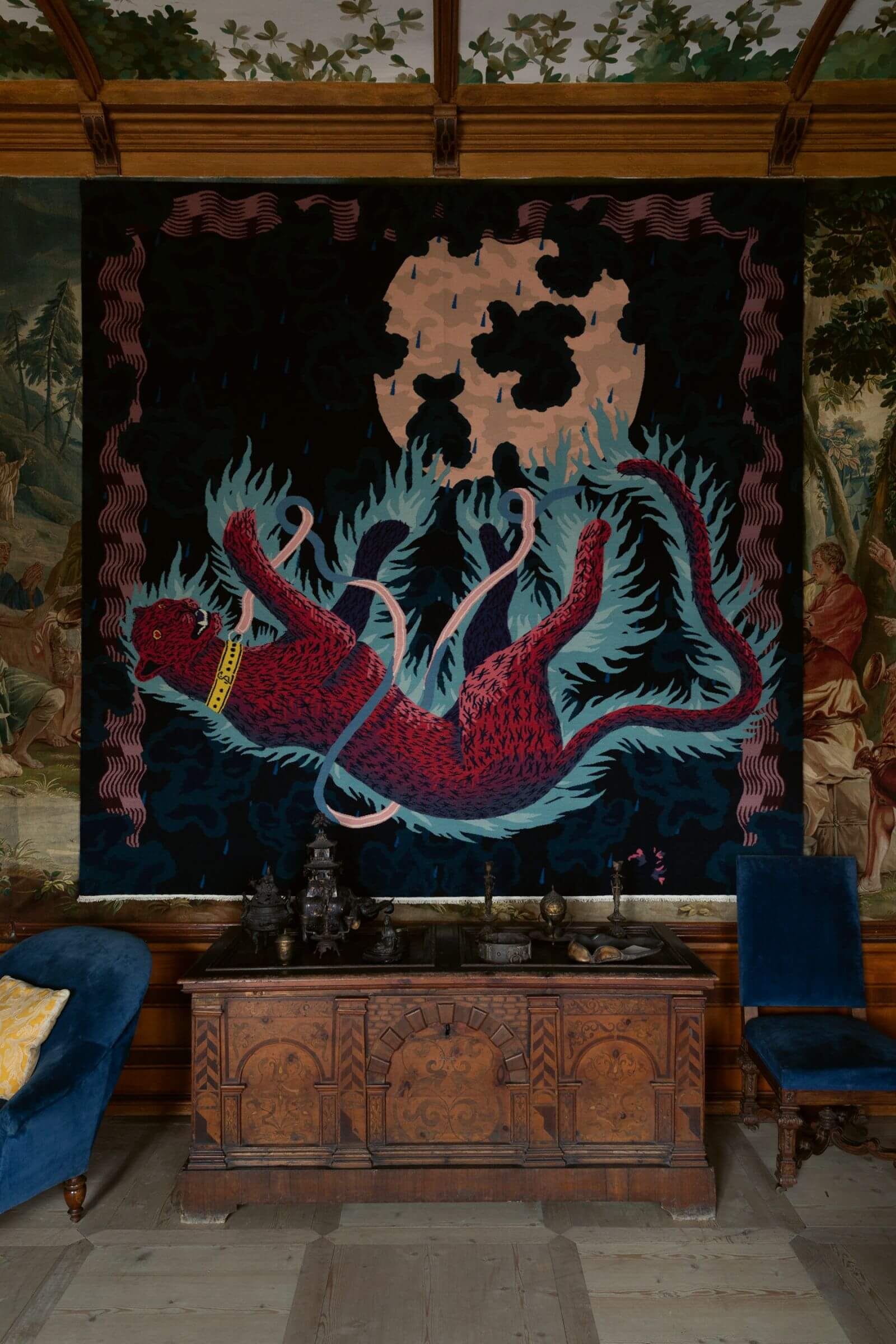
Laurids Gallée, ‘Ladislaus, Austria, India’, 2022
COURTESY: Laurids Gallée / PHOTOGRAPH: LippZahnschirm
Kristen de la Vallière: I think it is an exciting and vital conversation, especially given current debates about displaced objects and cultural appropriation. So how did this exhibition tackle that?
Alice Stori Liechtenstein: The designers obviously came up with lots of questions about cultural appropriation and colonialism in the museum context. And there are many stories here of displacement and migration, so these important topics came up in the conversations surrounding the exhibition. The idea is to start the conversation, throw some ideas and let the viewers think about the themes for themselves.
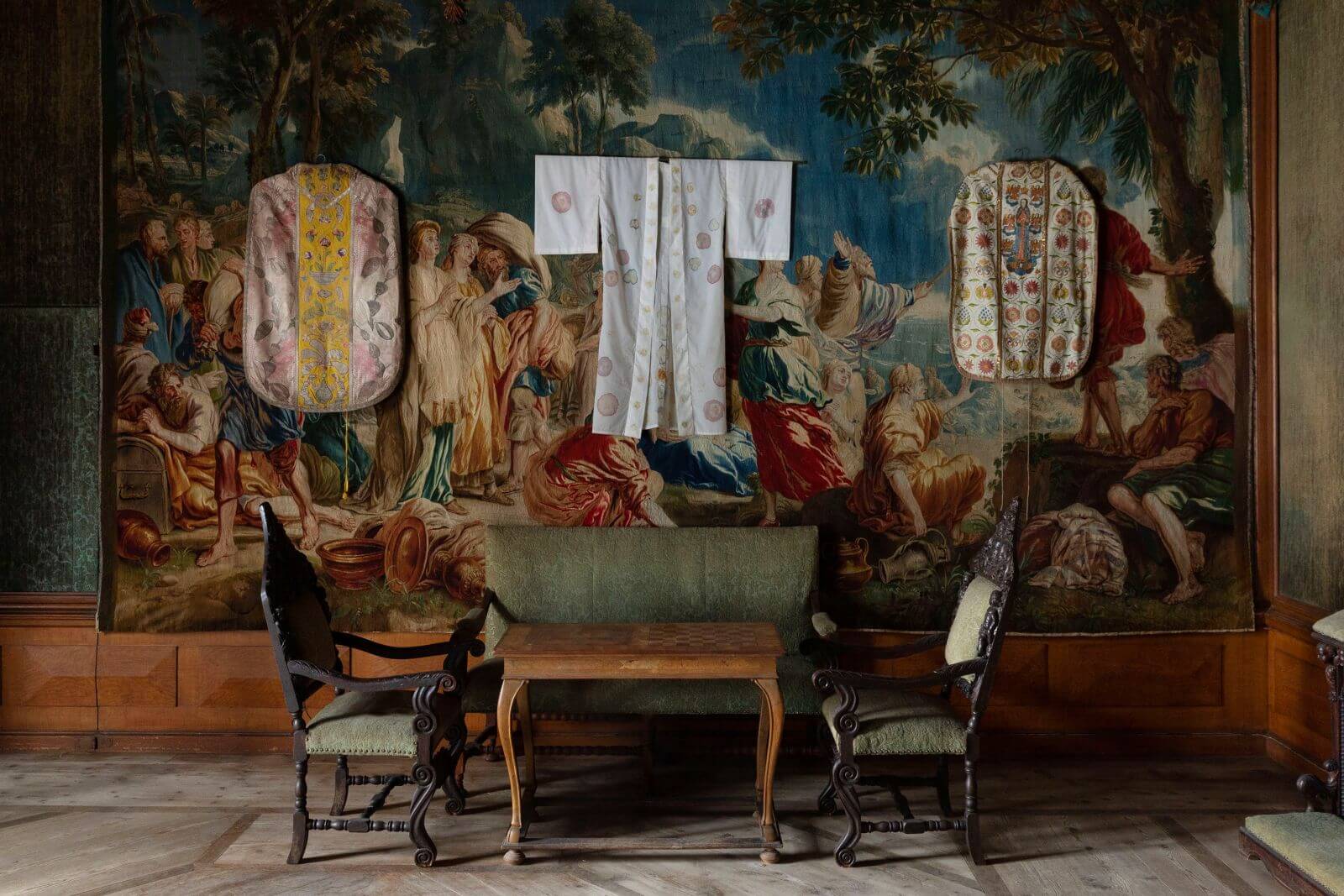
Jenna Kaës, ‘Hydrangeas, Poppies, and African Lilies, France’, 2021& ‘Catholic chasuble, Austria’, early 20th century
COURTESY: Jenna Kaës & Schloss Hollenegg for Design / PHOTOGRAPH: LippZahnschirm
Kristen de la Vallière: Absolutely. And who was the collector in the home (Schloss Hollenegg)? Where did a lot of these pieces come from?
Alice Stori Liechtenstein: Some pieces were there when Hollenegg was acquired by the Liechtensteins in 1821, primarily the silk tapestries.
Kristen de la Vallière: And how old are those?
Alice Stori Liechtenstein: Those probably date back to between the end of the 17th and the beginning of the 18th century. There are other pieces that were bought by Johann II, who was actually the Liechtenstein who bought Hollenegg.
Most of the pieces bought in the second half of the 19th century were acquired by Prince Heinrich von Liechtenstein. He was a very eccentric figure. He was an amateur photographer and travelled all over the world. He kept a very precise diary, which he also had transcribed, so it’s easy to read. He travelled to Thailand, Japan, and China, and bought a lot of objects. And because he never married and never had any children, he left all these objects in Hollenegg, which was his brother’s house.
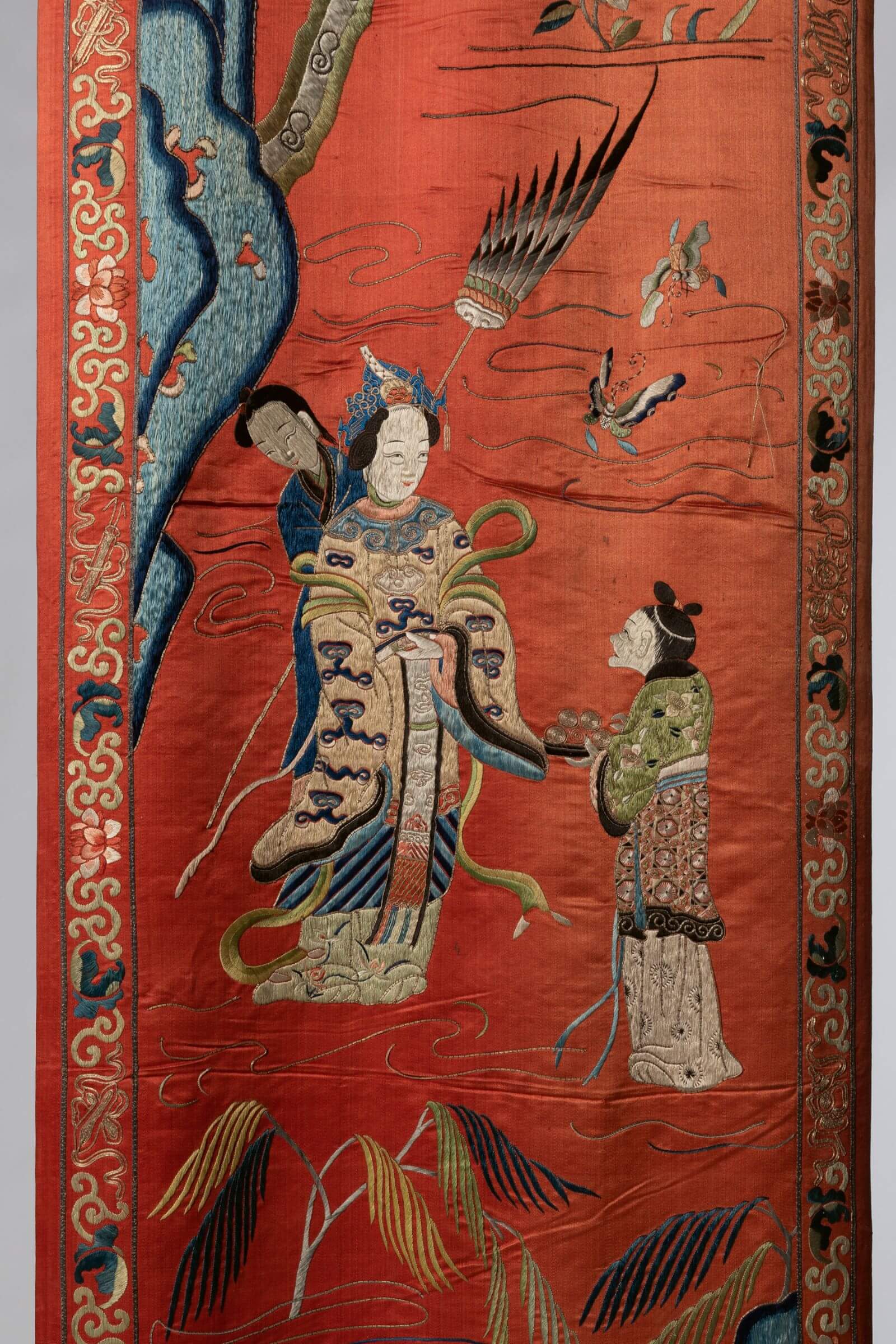
Embroidered silk panel, China, 19th century
COURTESY: Studio Nienke Hoogvliet / PHOTOGRAPH: LippZahnschirm
Kristen de la Vallière: Which piece surprised you with how the designer responded to the artefacts at Hollenegg?
Alice Stori Liechtenstein: An exciting project, mainly because it was incredibly challenging, is ‘Made in China’ by Studio Nienke Hoogvliet – Nienke Hoogvliet and Tim Jongerius. So this is a cabinet made out of wood and silk panels, and it was entirely made in China and produced during the Pandemic.
As you can imagine, there were a lot of delays and many challenges – the designers had planned a trip to Asia, for instance, but couldn’t go, so they had to communicate through a translator with a Chinese designer who helped us produce the piece.
Of course, the Silk Road was the first connection between East and West, and they wanted to produce something which was very high craft. Most of the time, when we think of made in China, we think of something cheap and inexpensive and maybe not even excellent quality. But for many centuries, something made in China meant something exceptionally well made and very precious. So they set out to create something crafted with a lot of care and attention.
Kristen de la Vallière: Can you please tell us about the day of talks you will be hosting at Schloss Hollenegg? What are the topics, who will be speaking and who is it for?
Alice Stori Liechtenstein: The Design Talks have been organised right from the start in 2016 together with the Creative Industries Styria. The idea behind the Design Gespräche is to present successful examples of cooperation between designers and companies. The designers are invited to talk side by side with their clients and discuss how they met, how the cooperation started, what went well, and also what could have been done better. It is a very informal and at the same time honest and informative talk. This year we will host ten different speakers on both June 28th and 29th.
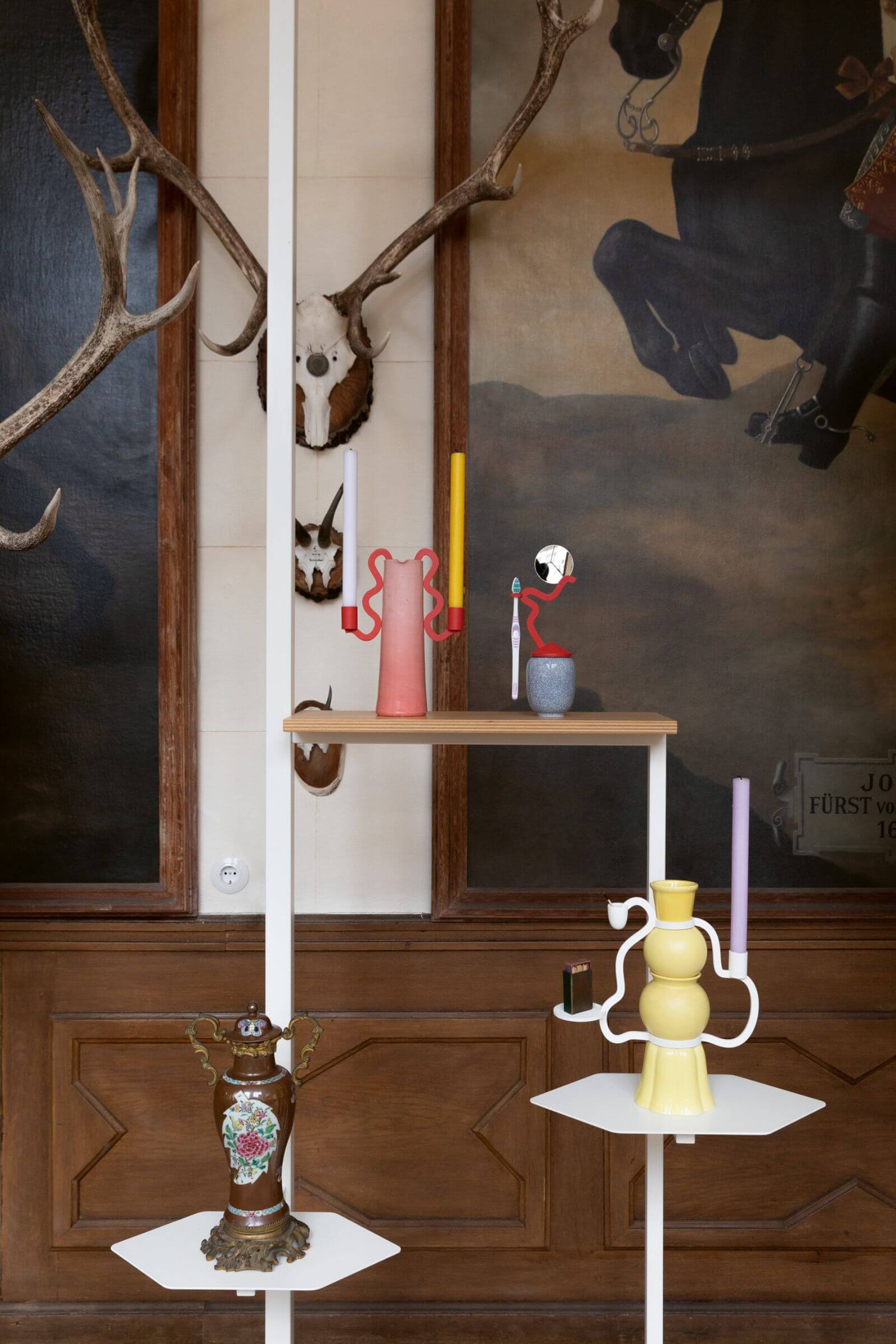
Johanna Pichlbauer, ‘South Pointing Fish, Austria’, 2022
COURTESY: Johanna Pichlbauer / PHOTOGRAPH: © Lipp Zahnschirm
Kristen de la Vallière: What are your latest plans?
Alice Stori Liechtenstein: Most recently, with designers mischer’traxler and Lotte Kristoferitsch, we have initiated a Design Kreis: these are informal evenings in which we bring together colleagues to discuss a specific topic that we think might be relevant to our community. We have only just started so let’s see where this takes us!
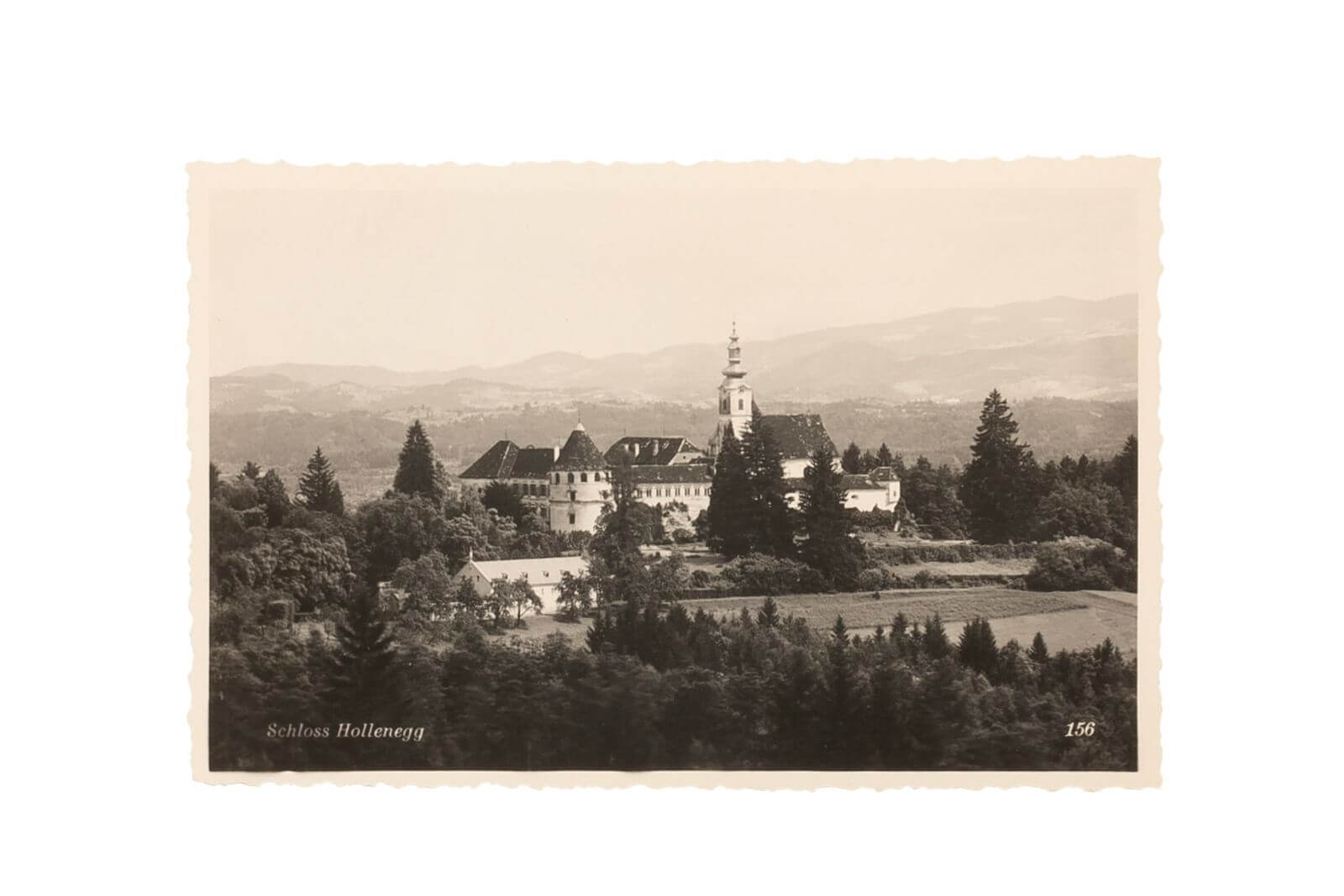
Schloss Hollenegg, postcard, early 20th century
COURTESY: Schloss Hollenegg for Design




